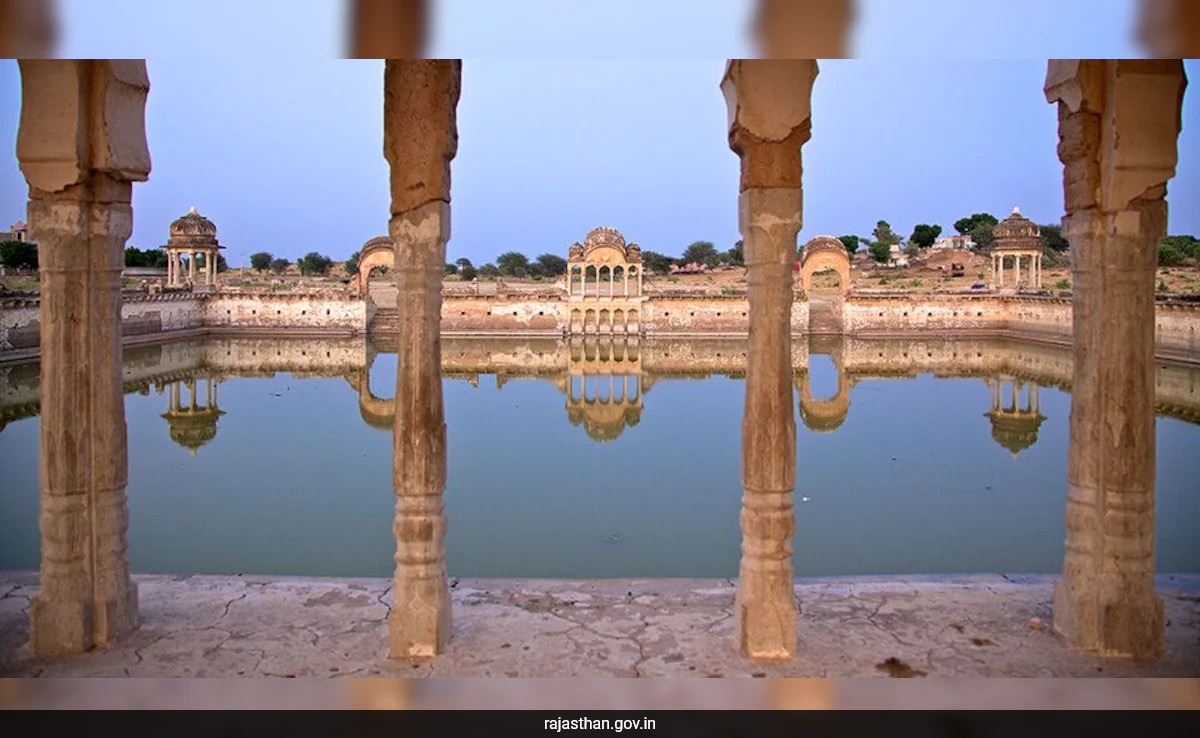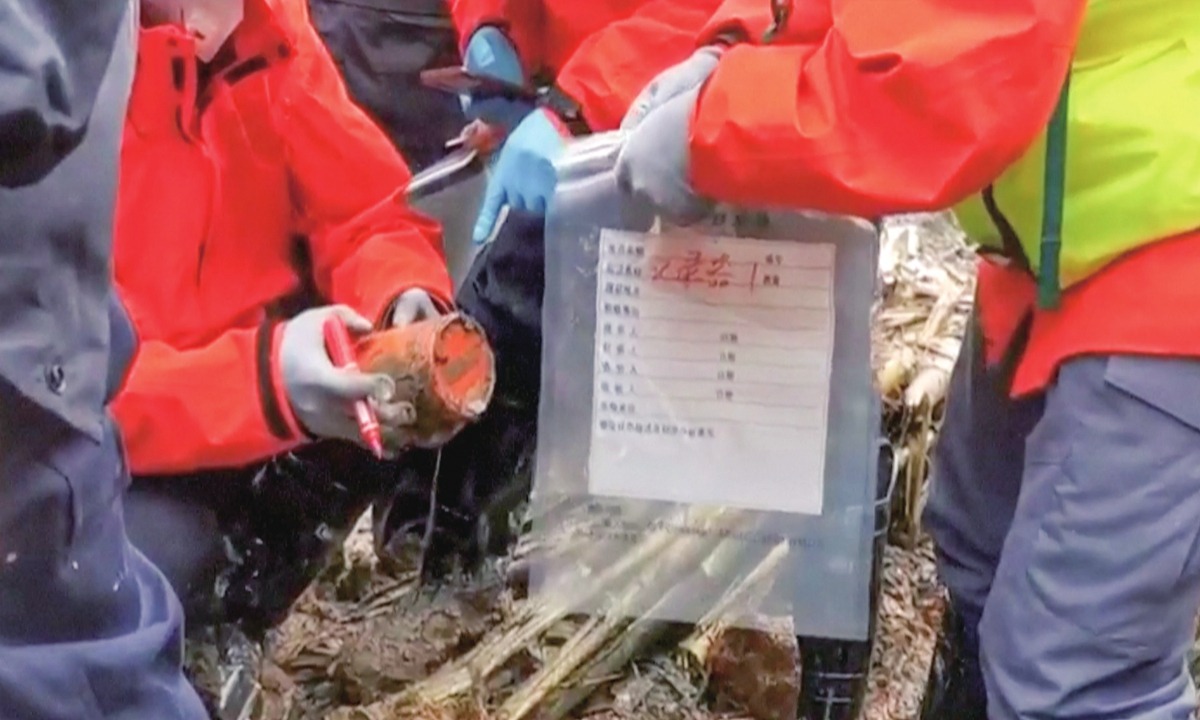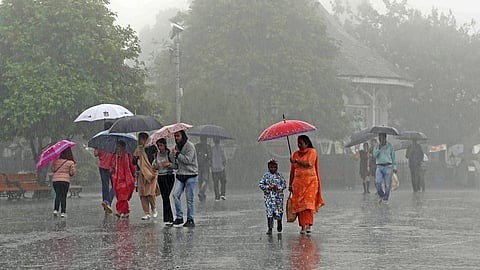
Follow WOWNEWS 24x7 on:
Updated: June 13, 2025 04:38

Churu, a small desert city in Rajasthan, is known for its extreme weather conditions, with temperatures fluctuating between scorching summers and freezing winters. On Thursday, the city recorded 41 degrees Celsius, with the Air Quality Index marking the weather as extreme hot. This is not unusual for Churu, where summer temperatures often exceed 50 degrees Celsius, while winter lows can drop to -4.6 degrees Celsius.
Key Highlights Of Churu’s Climate Extremes
- The city’s proximity to the Thar Desert contributes to rapid heating during the day and quick cooling at night, creating significant temperature variations.
- Churu experiences minimal humidity and cloud cover, allowing direct sunlight to heat the ground intensely while permitting heat to escape quickly after sunset.
- Global wind patterns and shifts in atmospheric conditions further influence sudden temperature changes in the region.
Why Winters In Churu Are So Cold
- In 1973, Churu recorded a bone-chilling -4.6 degrees Celsius, one of the lowest temperatures in Rajasthan’s history.
- The absence of moisture and cloud cover accelerates heat loss after sunset, leading to extreme cold conditions.
- The desert landscape plays a crucial role in temperature fluctuations, with sand losing heat rapidly at night.
Churu: A Case Of Climate Change
- Over the past decade, Churu’s average summer temperatures have risen by more than 1.5 degrees Celsius, indicating a clear impact of climate change.
- The gap between daytime and nighttime temperatures has widened from 15 degrees Celsius to over 20 degrees Celsius.
- Rising pollution levels, including increased PM10 and PM2.5 particles, have intensified the heat, making summers even harsher.
- A United Nations report has identified Churu as one of India’s fastest-changing cities due to climate shifts.
Impact Of Extreme Temperatures On Churu
- Heatwaves have led to fatalities, with the 2019 heatwave placing Churu among India’s hottest zones, causing a surge in heatstroke and dehydration cases.
- Extreme heat dries up soil moisture, affecting agricultural productivity, while cold winds in winter damage crops.
- Livestock struggles with temperature extremes, leading to reduced milk production and altered grazing patterns.
- Water scarcity worsens as rising temperatures increase evaporation rates, further straining local resources.
Sources: NDTV, United Nations Climate Report, Rajasthan Meteorological Department.





